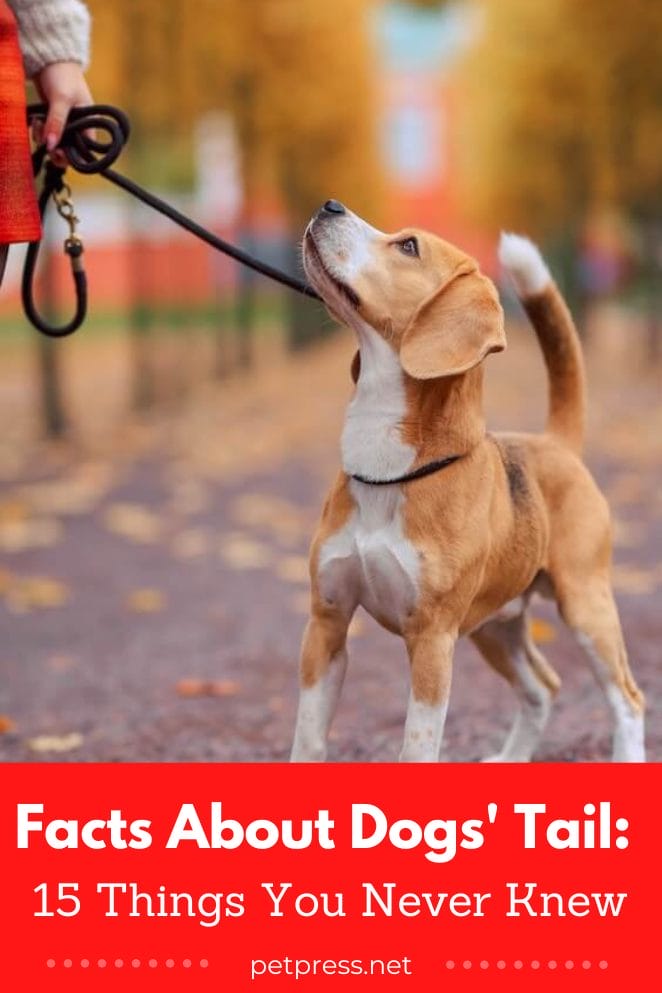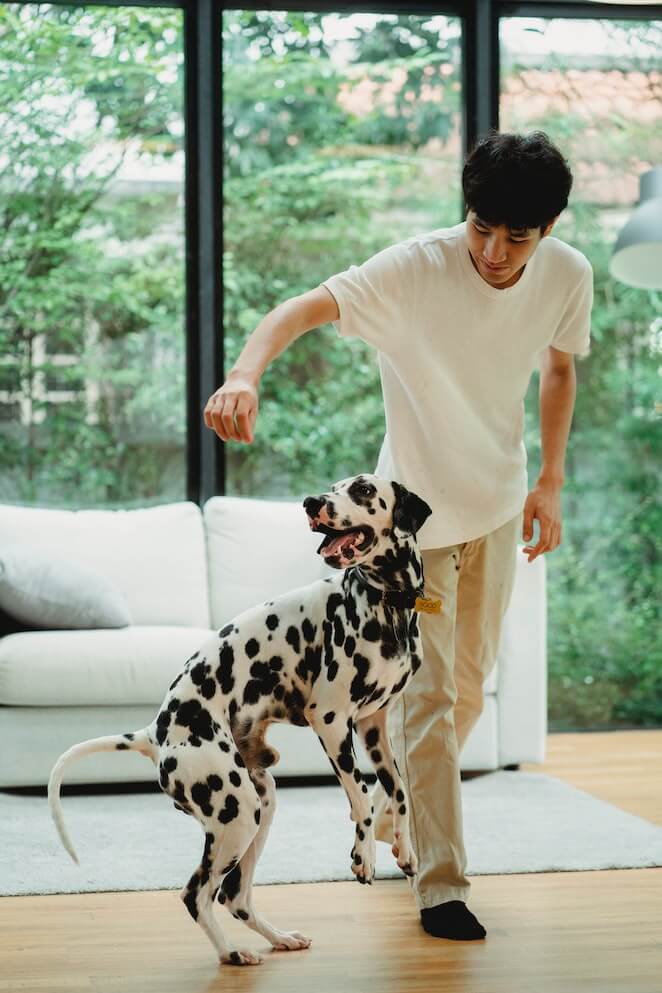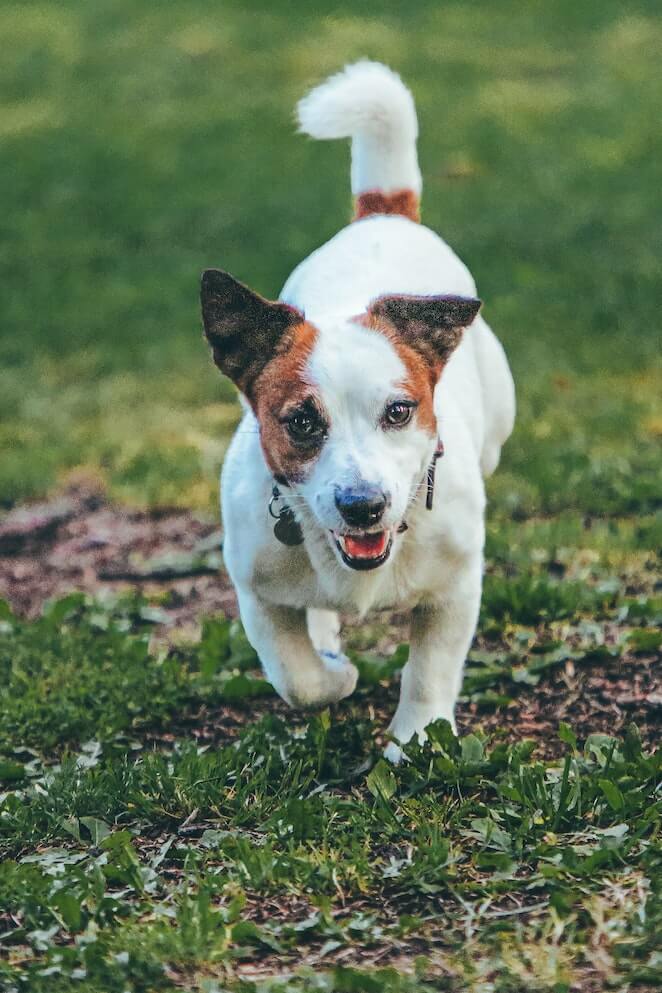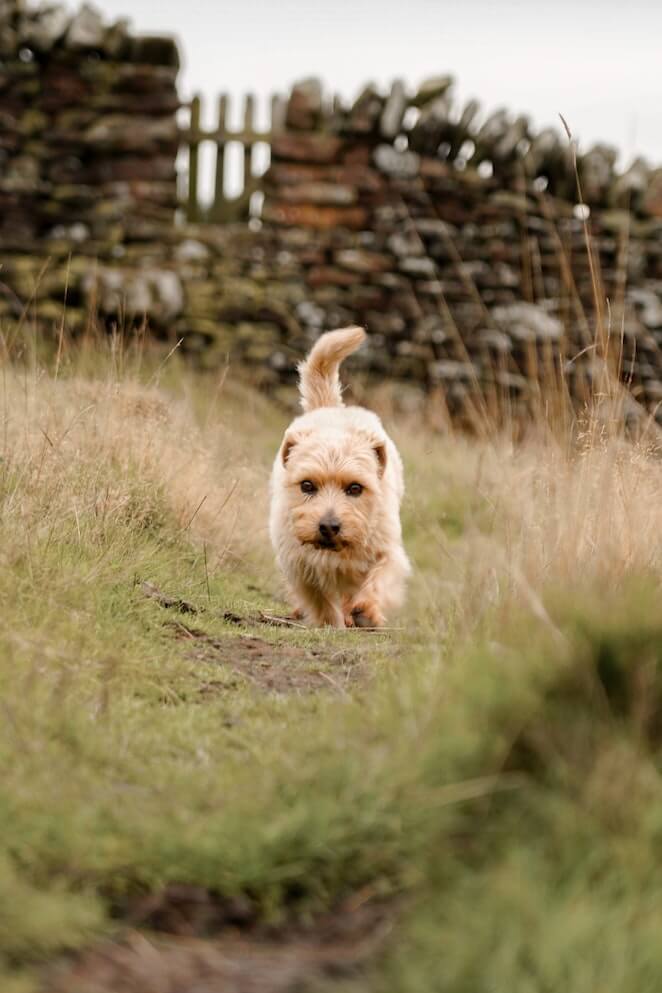
There are many other interesting facts about dogs’ tail that we bet you didn’t know!
Dogs come in all shapes, sizes, and colors – with one common denominator: those adorable tails!
From the most majestic of Great Danes to the tiniest of Chihuahuas, furry friends have an array of tails that range from long and bushy to short and stubby.
But why do dogs have tails in the first place?
Tails are not just for wagging! They serve as an important communication tool between canines.
By twitching their tail or using it to express certain emotions, dogs are able to communicate with each other easily.
As a result, they don’t need to rely on barking or growling as much.
Let’s check out some fun facts about this cute little fur extension of dogs, called a tail!
Interesting Trivia About a Dog’s Tail

Trivia #1:
Not every dog has a tail; there are some breeds, like the Pembroke Welsh Corgi and the Piedmontese, that have been bred to be tailless.
Trivia #2:
Dog tails can help with balance when maneuvering sharp turns at high speeds – think of them as a rudder on a boat!
Trivia #3:
The muscles in a dog’s tail are very powerful and capable of propelling his body forward with great force. This is why it’s important to not pull on or grip your pup’s tail too hard during playtime!
Trivia #4:
On average, dogs wag their tails 15-30 times per minute when they are excited.
Trivia #5:
A dog’s tail can help his sense of smell – when the air moves over the scent glands located at the base of the tail, it carries smells straight up into his nose! This specialized gland is known as the Violet gland and is exclusive to certain species of mammals only.
Trivia #6:
Not all dog tails are the same – in fact, there are five basic types of tails: straight, curled, bent, cork-screwed, and ringed. Variations within these categories can exist due to genetic mutations or other factors.
Trivia #7:

While a wagging tail is often an indication of happiness, a slow wag could mean a variety of things depending on the situation – such as caution or insecurity. Dogs chase their tail sometimes when they are bored.
Trivia #8:
A rigidly still tail is usually seen when dogs face danger or feel threatened; while they may bark and growl in order to fend off potential threats, their immobile tails serve as an indicator that they’re feeling unsettled by their current surroundings.
Trivia #9:
Dogs can use their tails to communicate with humans. A slow, friendly wag of the tail usually indicates that a dog is looking for affection or attention; on the other hand, rapidly wagging tails could be a sign of excitement and anticipation.
Trivia #10:
Different breeds have different kinds of tails – some are short, some long, some curved, and others straight. The shape is determined by the breed’s genetics as well as environmental factors such as temperature and humidity levels.
Trivia #11:
Most dogs’ tails have various shades of fur color. Some breeds like Rottweilers and American Bulldogs have white marking on their tails – called “flags” – as part of their coat markings.
Trivia #12:
Some pups have curly tails or “otter tails” due to a genetic mutation. This mutation causes the tail hairs to grow in such a way as to make the tail appear curved or bent.
Trivia #13:
In some breeds, like greyhounds and chihuahuas, the tail may be docked. Meaning that it is surgically removed shortly after birth in order to meet certain breed standards.
Trivia #14:
Some experts believe that a dog’s tail can act as their “internal compass”. They use their tails to indicate which direction they are going. This helps them find their way home during long walks or hikes in unfamiliar territory.
Trivia #15:
Dogs sometimes wag their tails higher when they’re excited. If their tail is up in the air, it can indicate that they are excited to see someone or something.
On the other hand, a low-hanging tail often indicates fear or uncertainty. This can be especially useful for dog owners who want to gauge how their pup is feeling in any given situation.
Final Words

And there you have it—now we know everything there is to know about dog tails.
Sure, they may look like just a cute little addition on the backside of your pup. But in reality, they’re so much more than that.
Dogs can feel their tail too and that is why they use them for expressing a lot of things.
So the next time you spot a pup at the park, take a moment to appreciate their tail. After all, it’s often their way of saying “hello”!
- 7 Dog Breeds With Webbed Feet And Why Do They Have Them - July 19, 2023
- 10 Best Fish For Small Tanks That Make Perfect Pets - July 18, 2023
- How to Breed Guinea Pigs: A Detailed Guide - July 17, 2023


GIPHY App Key not set. Please check settings